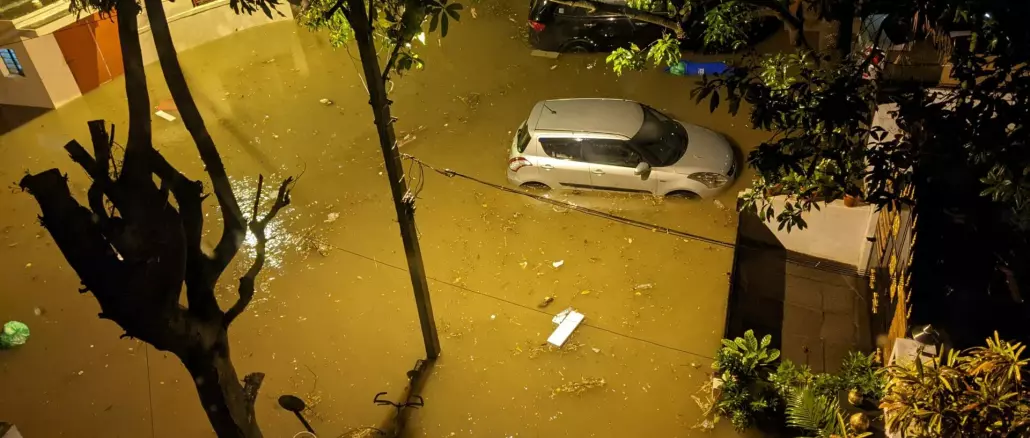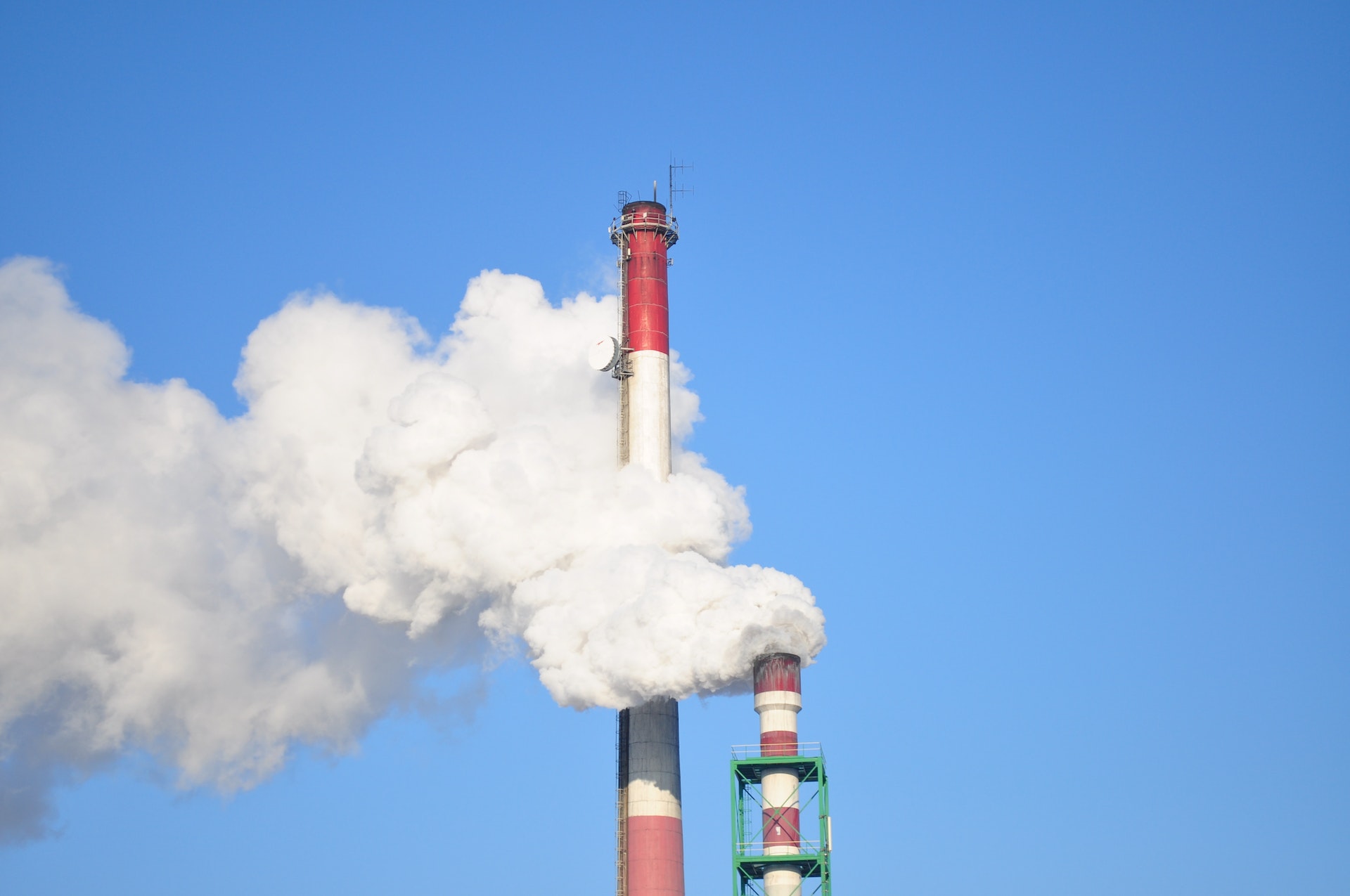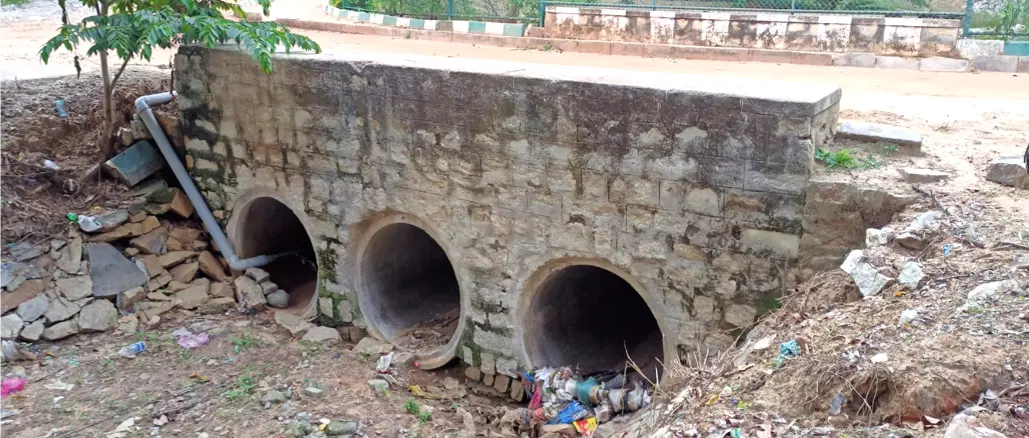India is Running Out of Phosphorus. Does the Solution Lie in Our Sewage?
Photo by Nirjon Nakib, Pexels.
Phosphorus is an essential ingredient in fertilisers as well as a major pollutant. We need to address both problems
The problem with the fertilisation of land is as old as agriculture itself. When early humans first began to engage in settled agriculture, they quickly realised that while crops require nutrients for their growth, repeated cycles of cultivation and harvest depleted these nutrients, reducing yield over time. Early agricultural societies began to notice that certain areas produced better crops and that soils could be replenished.
This observation led to practices to restore essential nutrients in the soil necessary for plant and crop growth. Indigenous communities around the world developed methods of fertilisation, for example, using fish remnants and bird droppings (guano) as fertilisers.
Acknowledgements
Veena Srinivasan and Sneha Singh for The Hindu.
If you would like to collaborate with us outside of this project or position, write to us. We would love to hear from you.
Follow us and stay updated about our work:





